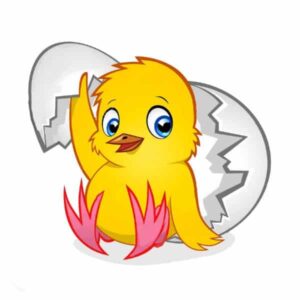WHOOPS – SOMETHING WENT WRONG!
Thanks for visiting our site!
You can use search feature below to find Relevant Content which meets criteria of your Original Seach.

Sorry the Page you have searched for was not available.
Possible Reasons:
The Page you are trying to reach does not exist on this server
You may used an outdated or broken link.
You may have typed the address (url) incorrectly
Search the Barrie Home Inspector
Inspection Areas
Alliston
Angus
Barrie
Innisfil
Orillia
Midland
Penetanguishene
Newmarket
Wasaga Beach
Certifications




